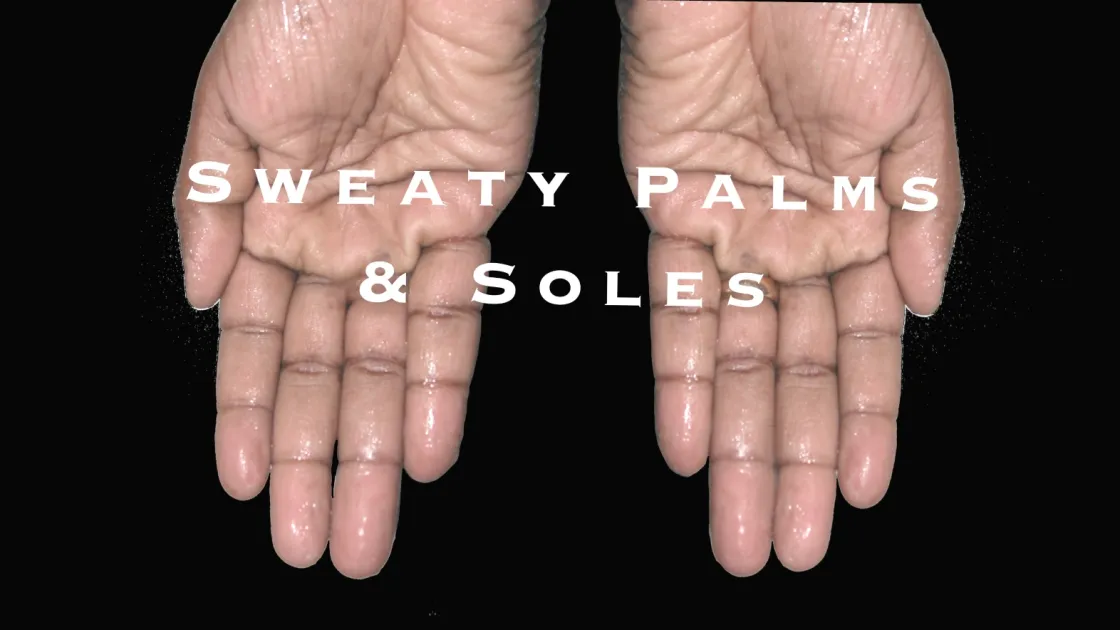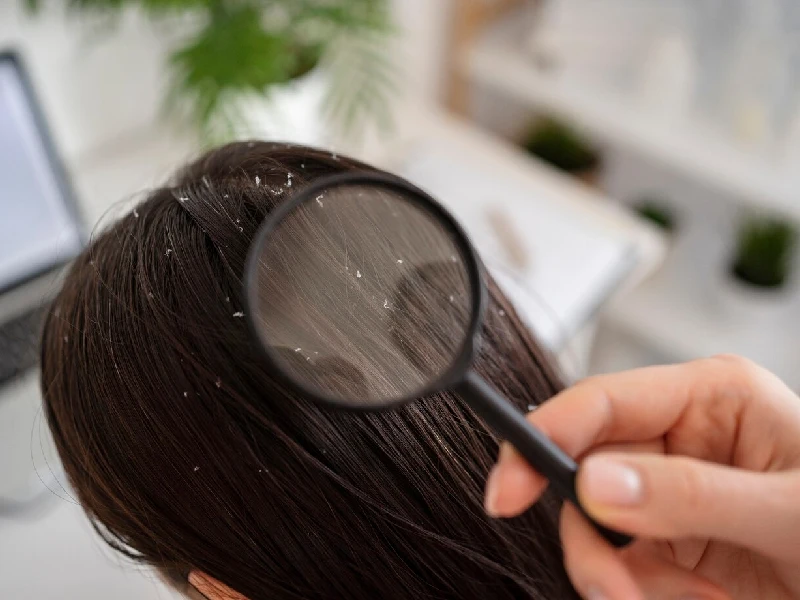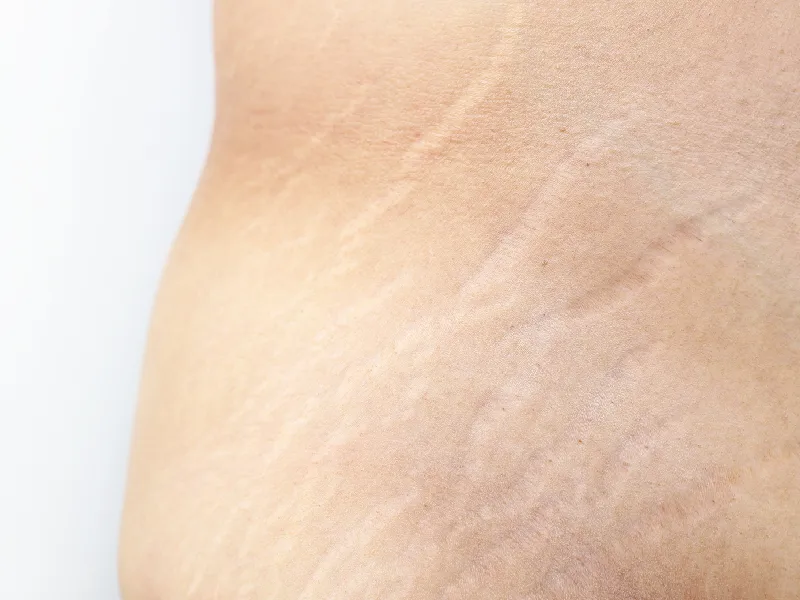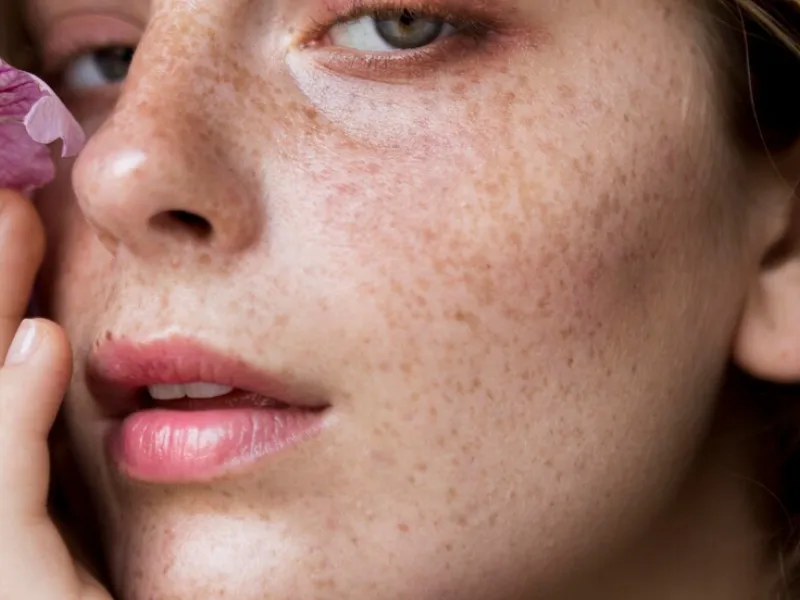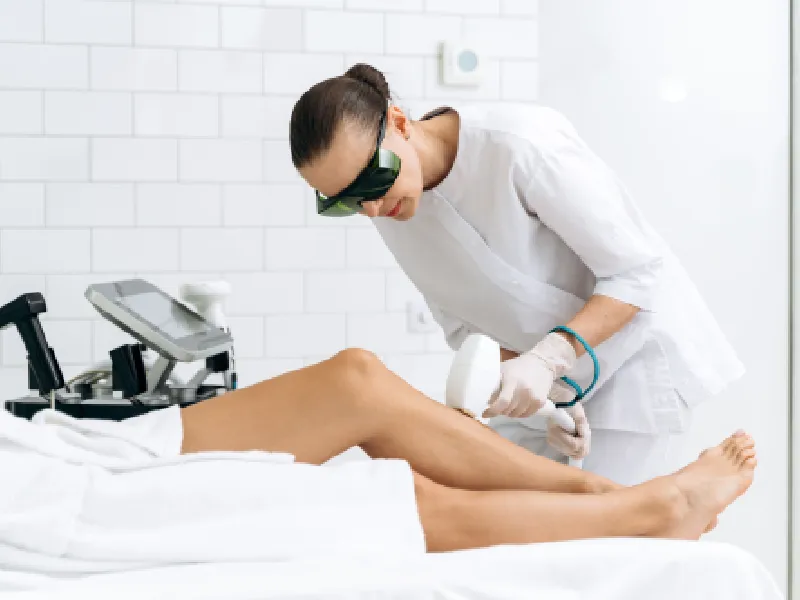- Date: Jul 11 2023
Sweaty palms and feet are common conditions that can be caused by a variety of factors. The medical term for this type of excessive sweating is ‘palmoplantar hyperhidrosis’ a form of focal hyperhidrosis. The condition can be socially and emotionally distressing, as sweaty palms and feet can make everyday activities, such as shaking hands or wearing certain types of footwear, uncomfortable or embarrassing. Excessive sweating can also lead to maceration, malodour and secondary infections.
Primary focal hyperhidrosis
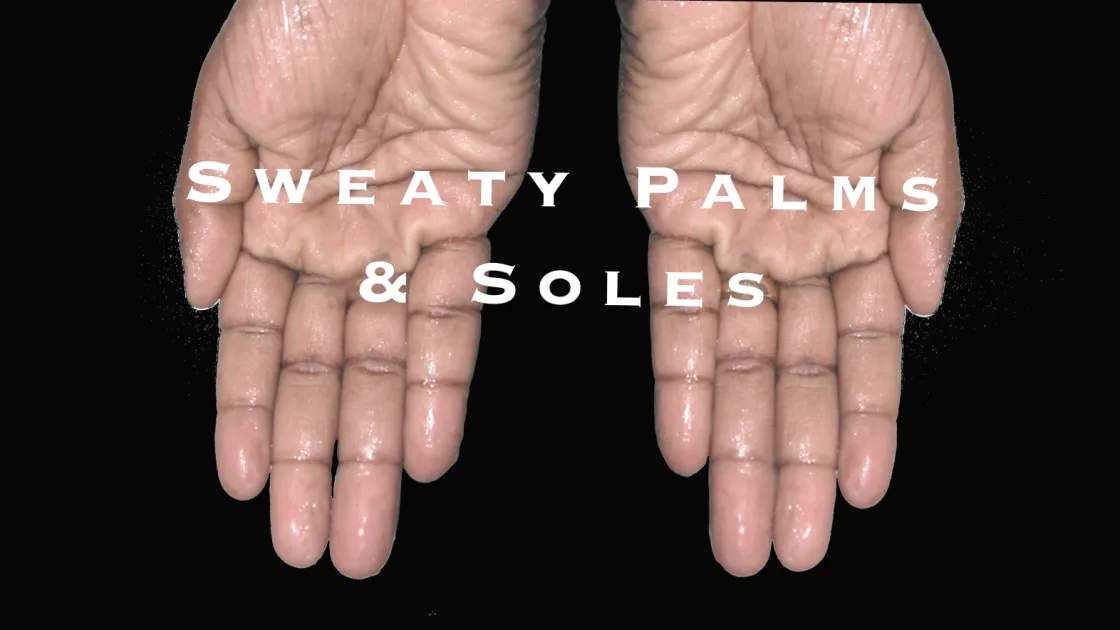 This condition occurs without any underlying medical cause and tends to run in families. Its most common manifestation is spontaneous sweating of palms,
This condition occurs without any underlying medical cause and tends to run in families. Its most common manifestation is spontaneous sweating of palms,
soles and underarms especially when engaged in mentally stressful situations. It often affects the palms, soles of the feet, and underarms.
Emotional stress and anxiety can trigger this form of sweating, leading to sweaty palms and feet.
It may reduce with age, however it is best to consult your dermatologist for treatment.
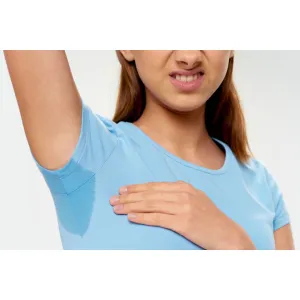
Practicing relaxation techniques, such as deep breathing exercises, meditation, and stress management strategies, occasionally help reduce the symptoms. If anxiety is a persistent problem, it’s advisable to consult with a mental health professional.
What are the treatment options?
Treatment options include antiperspirants containing aluminum chloride, prescription antiperspirants, iontophoresis (using a low electrical current to temporarily block sweat glands), Botulinum toxin injections, or, in severe cases, surgery.
- Topical antiperspirants: Over-the-counter or prescription-strength antiperspirants containing aluminum chloride can be applied to the palms and soles to reduce sweating. These products work by temporarily blocking the sweat glands.
- Iontophoresis: This procedure involves using a weak electric current to deliver medication or tap water into the skin of the hands or feet. Iontophoresis can help reduce sweat production temporarily when performed regularly. This treatment can be delivered with a home based equipment, is self-administered with gradually reducing frequency from alternative days to ultimately one a month or even longer.
- Botulinum toxin injections: Botulinum toxin (Botox) injections can be an effective treatment for palmoplantar hyperhidrosis. The toxin blocks the nerve signals that stimulate sweat glands, reducing sweating in the treated areas. The effects typically last for several months before additional injections are needed.
- Medications: Certain oral medications, such as anticholinergics, can help reduce sweating. However, they may have side effects and are usually prescribed when other treatments have not been effective.
- Microneedling radiofrequency: Recently this has been used for treatment with bipolar devices which destroy sweat glands by a process of thermolysis in the deeper layers of the skin while minimizing damage to the surrounding tissue.
- Surgical options: In severe cases of palmoplantar hyperhidrosis that do not respond to other treatments, surgical procedures such as sympathectomy or sweat gland removal may be considered. These procedures are invasive and have potential risks, so they are typically reserved for cases where other treatments have failed.
A vast majority do not need the surgical option and improve with other treatments.
How can you rate the severity of your sweating and its response to treatment?
The International Hyperhidrosis Society® has described a severity assessment scale. It is called the Hyperhidrosis Disease Severity Scale (HDSS). Ask yourself these questions:
- Grade 1. My sweating is never noticeable and never interferes with my daily activities
- Grade 2. My sweating is tolerable but sometimes interferes with my daily activities
- Grade 3. My sweating is barely tolerable and frequently interferes with my daily activities
- Grade 4. My sweating is intolerable and always interferes with my daily activities
A score of 3 or 4 indicates severe hyperhidrosis. A score of 1 or 2 indicates mild or moderate hyperhidrosis. A 1-point improvement in HDSS score has been associated with a 50% reduction in sweat production and a 2-point improvement with an 80% reduction.
What are the other problems associated with this type of excessive sweating?
Excessive sweating of palms and soles and armpits often leads to malodour, secondary bacterial and fungal infections.
General care measures include keeping the area as dry as possible, avoid excessive use of powders, and do watch out for an early fungal infection. If you have itching, cracking, fissuring or noticeable growths in the area consult your dermatologist.
So what should be your first steps for a definitive treatment plan?
It is important to consult with a dermatologist for an accurate diagnosis and to discuss the most appropriate treatment options for your specific condition. They can evaluate your symptoms, medical history, and lifestyle factors to develop a personalized treatment plan.
Contact us at Mehektagul Dermaclinic to schedule an appointment for an in clinic consultation and treatment for your excessive sweating.

K-105, Basement, Hauz Khas Enclave, New Delhi -110016














